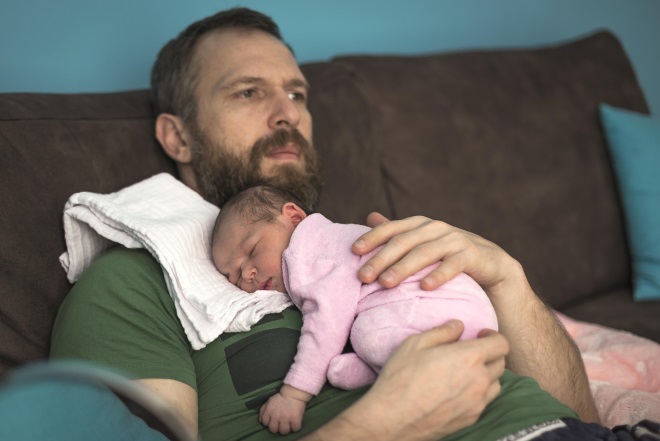
Petra Venton
A change in UK law on parental leave gives new parents more flexibility with how to divide childcare. Petra Venton, professional support lawyer at Cripps LLP, explains what the law means for employees and employers.
How has the law on shared parental leave changed?
A new right to take shared parental leave (SPL) was introduced in the UK in April 2015. This right is additional to the existing family leave arrangements and the default position will be that the mother or primary adopter will take up to 52 weeks’ maternity or adoption leave. The mother must take the first two weeks of leave after the birth. SPL allows parents to share the remaining 50 weeks of leave during the baby’s first year or within one year of the adoption.
During SPL, both parents can be off at the same time, or they can alternate their time off. Any leave taken by one parent will reduce the pool of leave available to the other parent. Each parent can request up to three separate blocks of SPL. The parent’s employer can contact the partner’s employer if he or she wishes, but there is no obligation to do so.
Although the leave is for up to 50 weeks, shared parental pay is only available for 37 weeks.
Who is eligible to apply for SPL?
In order for either parent to take SPL, the mother or primary adopter must curtail her maternity or adoption leave. This can be done by returning to work or giving a curtailment notice to their employer.
Both parents must share responsibility for the care of the child.
In addition, the person wishing to take the leave must have been employed for 26 weeks at the end of the 15th week before the baby is due or adopted and remain employed before SPL starts. The other parent must have been employed or self-employed for at least 26 weeks of the 66-week period before the due date or adoption date and have earned at least £30 a week in 13 of those weeks.
What does an employee need to do to request SPL?
Both parents must agree on the leave each of them will take. Neither parent can take SPL until the other signs a declaration giving consent to the division of leave. In order to start a period of SPL, the employee must give their employer notice of their entitlement to and intention to take SPL (known as ‘opt-in notice’) and notice of the period that they wish to take as SPL (known as ‘booking notice’ or ‘period of leave’ notice).
These notices must contain confirmation of the employee’s and their partner’s eligibility to take SPL and should be given at least eight weeks before this particular period of leave is due to start — a request for another block of SPL can be made before or during maternity or paternity leave.

Source: Shutterstock.com
Shared parental leave allows parents to share 50 weeks of leave during the baby’s first year or within one year of adoption
What obligations does an employer have if a member of their staff requests SPL?
If the employee requests a single block of leave, the employer cannot refuse it.
If the employee requests a period of discontinuous leave (for example, two weeks in June, two weeks in July and all of September) in the same notification, their employer is not required to accept the leave. There will follow a two-week discussion period starting on the date that booking notice is given.
If the employer rejects the discontinuous leave request, the employee will be able to take the total period of leave requested in a single block (in the above example, eight weeks of leave). The employee has five days after the end of the two-week discussion period in which to specify the date they will start their leave. This date must be at least eight weeks from the date the original booking notice was given.
If this is not convenient for the employee, he or she can submit up to two more separate requests to take SPL. Once an employee has made three requests to take SPL, they have no further right to make a request unless their employer allows them to do so.
What rights does an employee have while on SPL?
An employee on SPL remains employed and should continue to receive any benefits due to them under their contract. They will continue to accrue holiday. They should be paid statutory parental leave pay for up to 37 weeks in total or enhanced pay if the employer offers this. The employee may work for up to 20 “in-touch” days during their leave and should be paid at their usual rate if they do so.
What should employers do to prepare for SPL requests?
The notice and eligibility requirements for SPL are complex and require employers to gather notifications from their employee and the employee’s partner. In view of this, it is a good idea to have a clear policy on SPL setting out what employees need to do in order to request leave and what rights they have if they do so. The policy should include pro forma notices that set out all the information the employee is required to give — templates are available from various websites, including ACAS, but it is always a good idea for an employer to tailor the policies and documents to their organisational needs.


